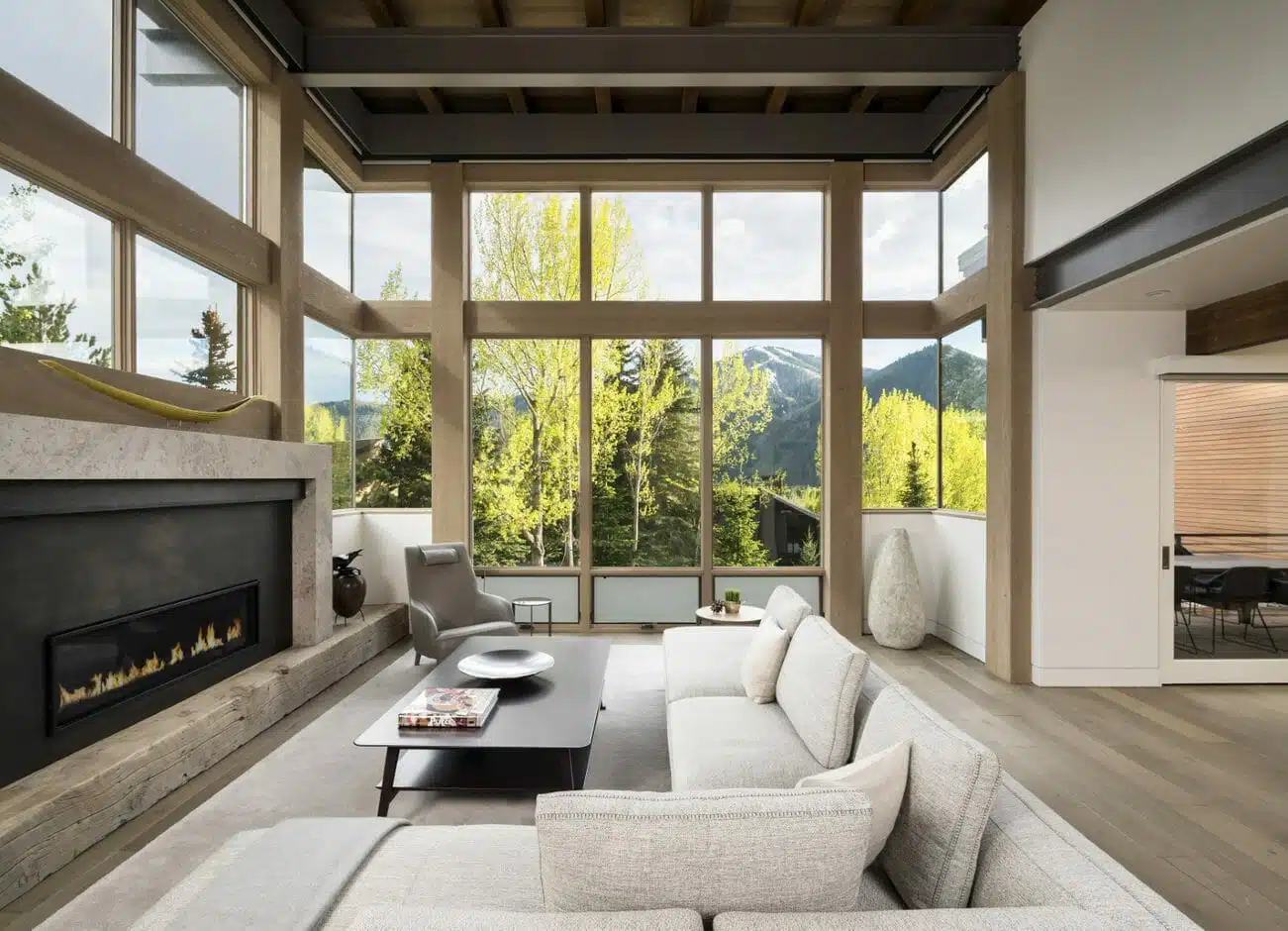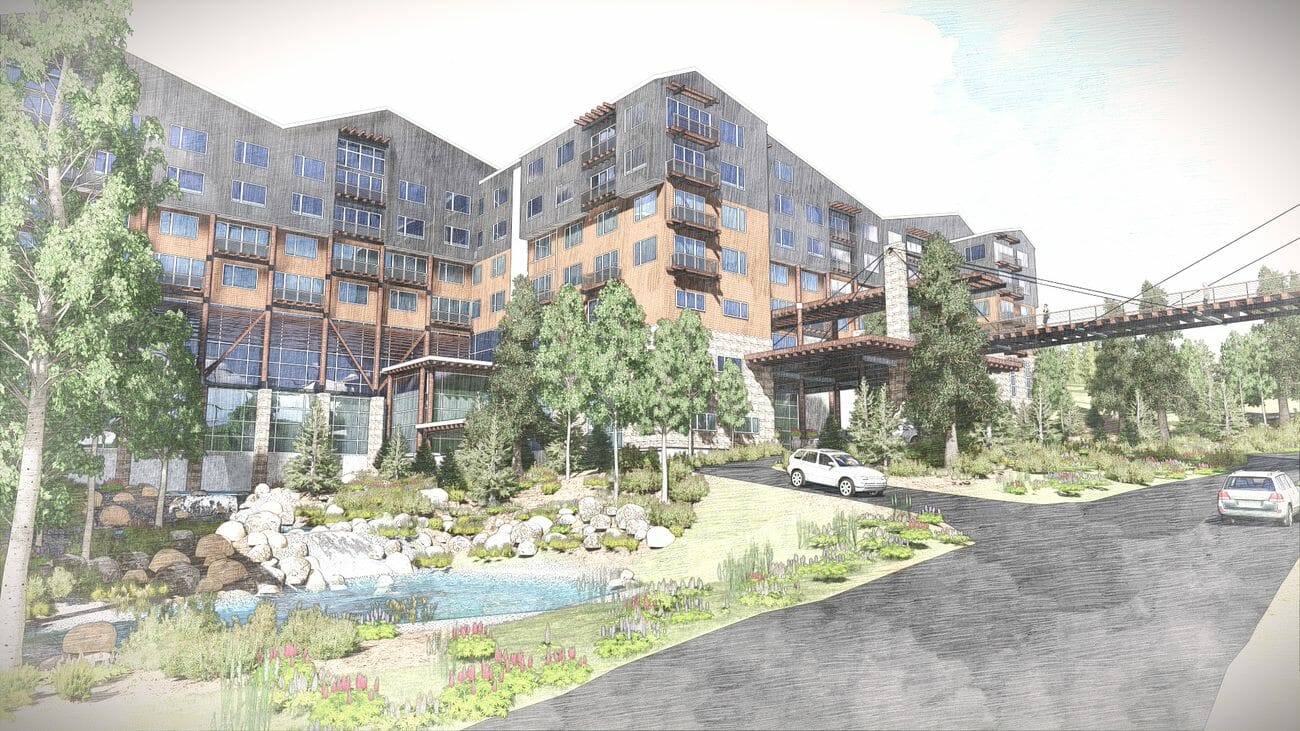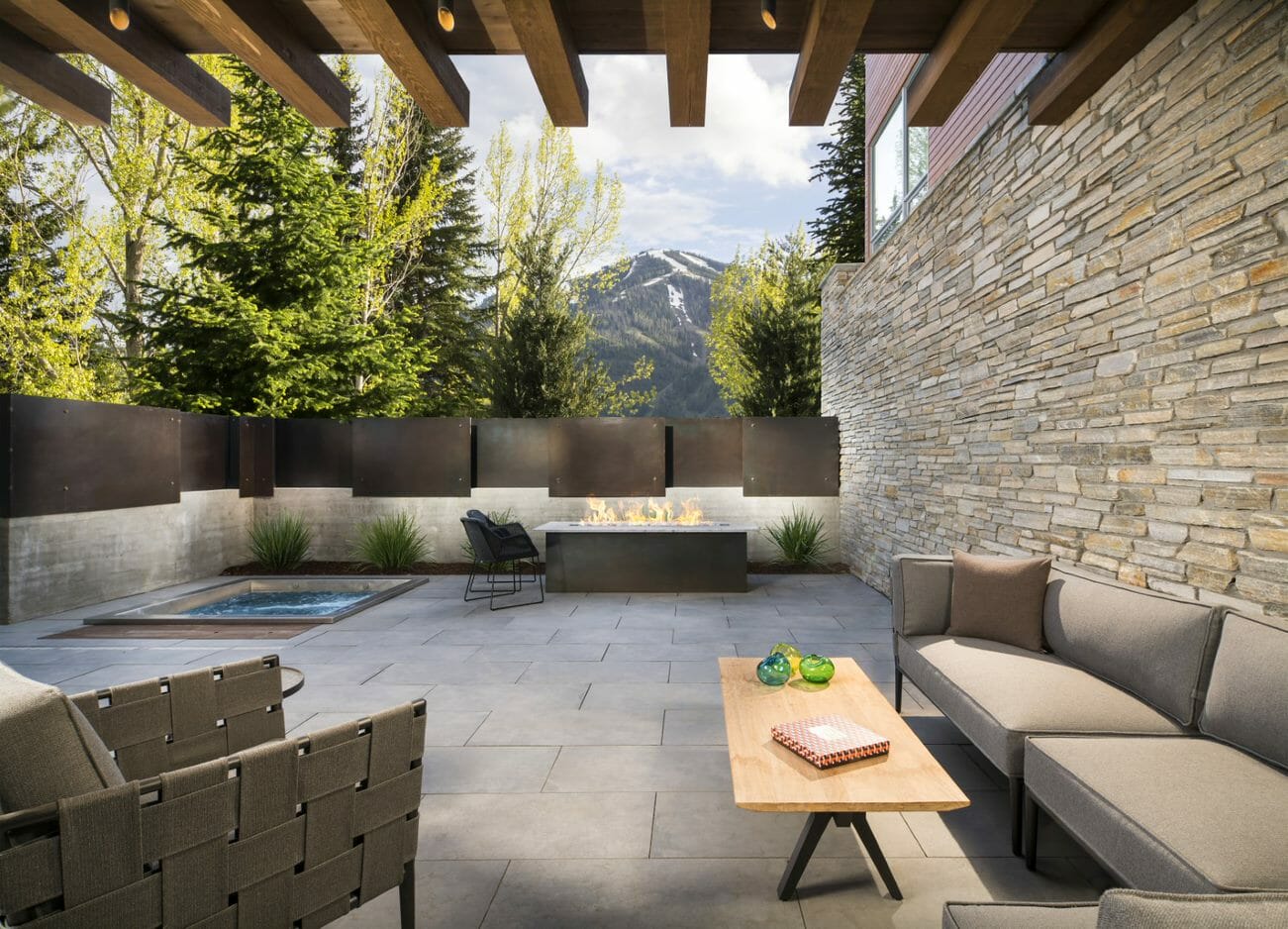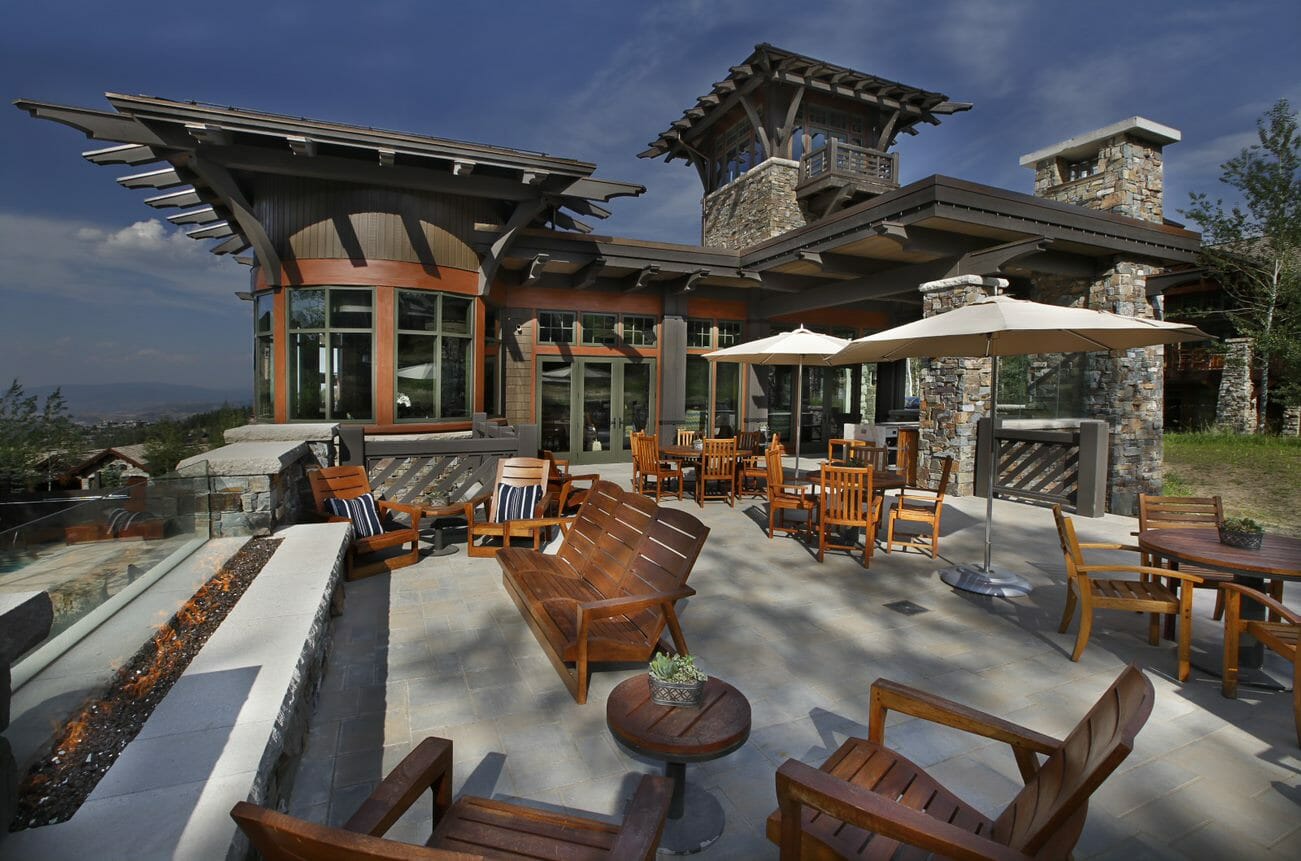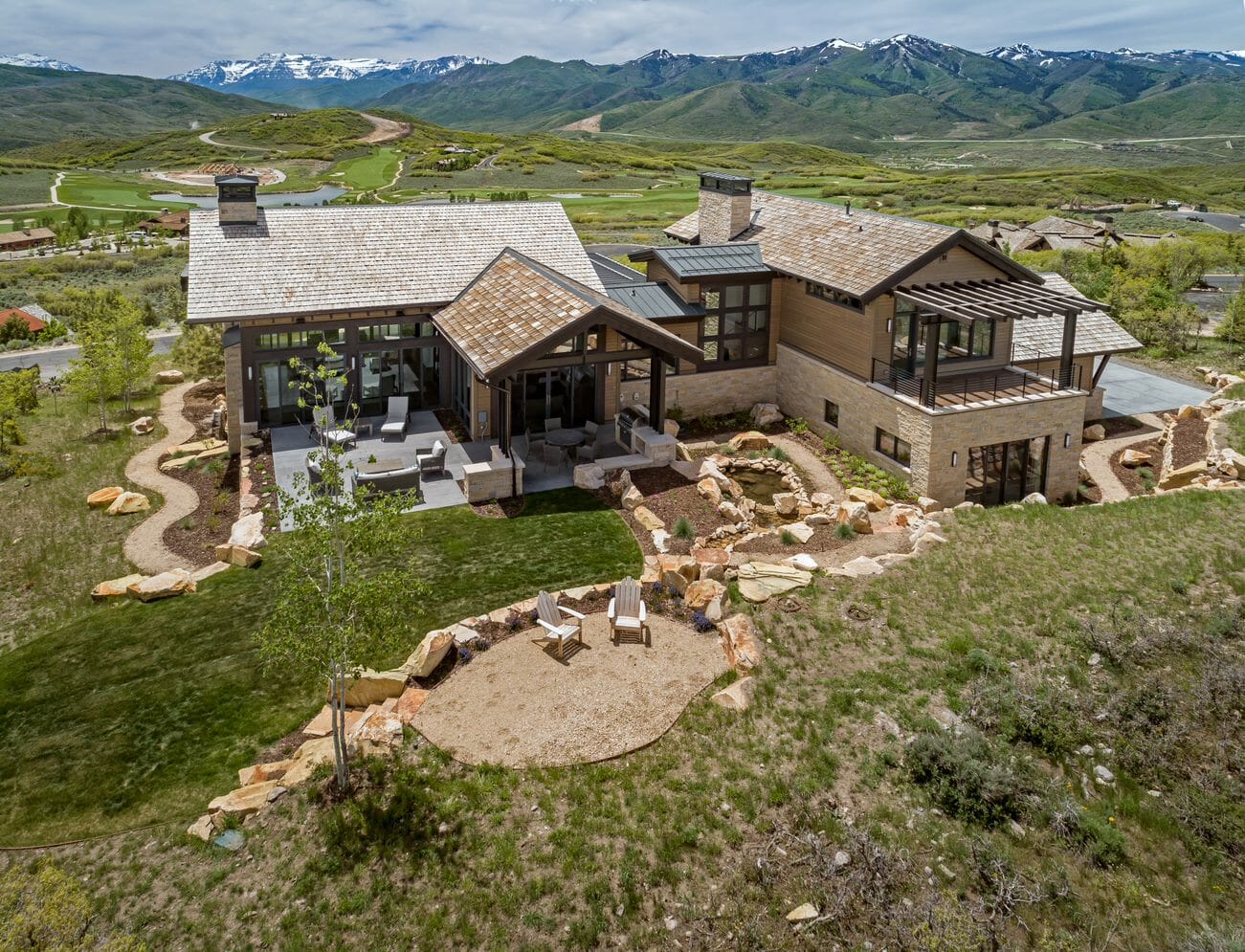The principles of land planning and landscape architecture have evolved over the years to become more integrated with the concepts of environmental protection and sustainability. Businesses have become increasingly aware of the responsibility they have to their communities, particularly involving property. Here are important insights entrepreneurs should know about the landscaping industry.
Rise of Sustainable Values
The American Society of Landscape Architects lists multiple case studies on its site how sustainability has become a key focal point for present and future designs. The industry now uses computerized models to study landscapes to determine ecological benefits of modern designs. The industry defines sustainable landscapes as those that are responsive to the environment, provide regenerative processes and have the ability of contributing to the health of communities.
The goals of sustainable landscapes are to reduce carbon and clean the environment. Ideally, the designs will contribute to creating economic and social value for local establishments as well. The landscaping industry embraces teams that work toward sustainable communities, such as smart cities and small-scale green streets.
Cutting Waste
One of the most important initiatives of sustainable landscaping is reducing waste as much as possible. Traditional methods of construction have led to an enormous amount of pollution and waste, which contribute to over 5 percent of global greenhouse gas emissions. Materials from demolished buildings often end up in landfills.
Architects are becoming more concerned about sustainability, partly due to the ripple effects of client concerns. The more the public learns about sustainability, the more consumers and scientists favor deeper exploration into learning what people can do to contribute to a cleaner, safer environment. As a result of this growing interest in sustainability, more emphasis is put on recyclable materials.
According to EPA estimates, only 40 percent of current building construction materials are recycled or reused, while the rest will eventually be waste. The goal of sustainable architects is to reduce this amount of waste and move toward complete sustainable solutions.
Aiming for Energy Efficiency
A fundamental concept of sustainable landscapes is that homes and buildings are built to be energy efficient. That means taking into account the region’s weather, roofing materials, building size and location. The most ideal scenario of a sustainable building is one that creates its own energy, such as with solar panels. Once the equipment is paid for the structure runs on free energy from the sun.
Two key components of an effective energy efficient structure are superior roofing and insulation. Roofing and insulation should be leak-proof so that rooms are warm in the winter and cool in the summer. The placement of trees can have a cooling effect on a building, cutting summer air conditioning bills in half. The more energy efficient a home, the more money the homeowner can save on maintenance costs.
Managing Storm Water
Landscapers are working together to create a more “green infrastructure.” They create retention ponds that absorb water while helping cleanse pollutants. These strategies can also help channel excess storm water. Other components of green infrastructure include green roofs, bioswales and permeable pavements. Furthermore, green infrastructure systems have been found to be more cost-effective way to manage storm water instead of repairing deteriorating underground pipes.
Transforming Infrastructure
Many cities are currently going through a transformation in infrastructure to favor sustainability. Across America, for example, abandoned railways have been replaced by walking and bicycling trails. This transformation is promoting healthier lifestyles and less greenhouse gas emissions at the same time.
San Francisco is designing areas known as “parklets,” which are safe environments for people to meet other people and have access to benches surrounded by trees. They encourage visitors to get out of their cars, walk around and interact with others, which helps the local economy. Parklets can increase foot traffic by over 35 percent. Connecting communities with green space and parks is another modern strategy for land planning and landscape architecture.


